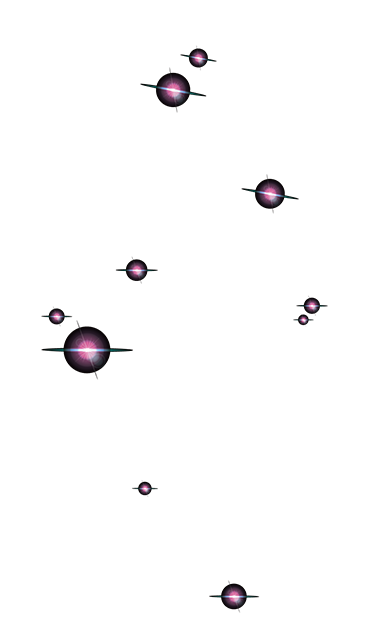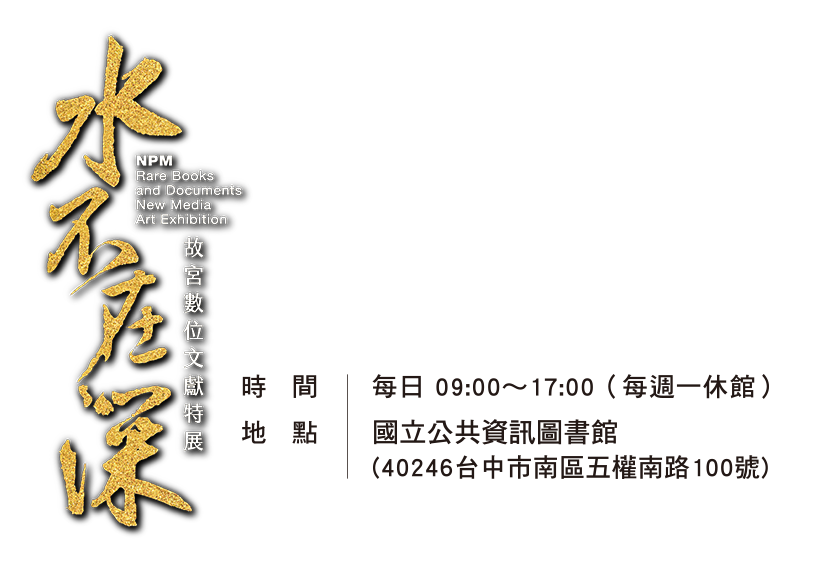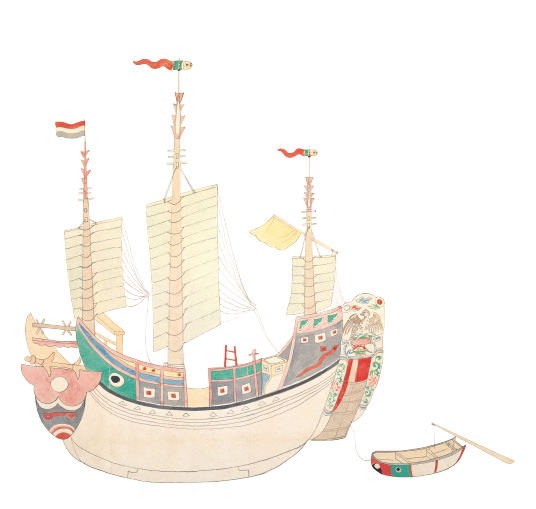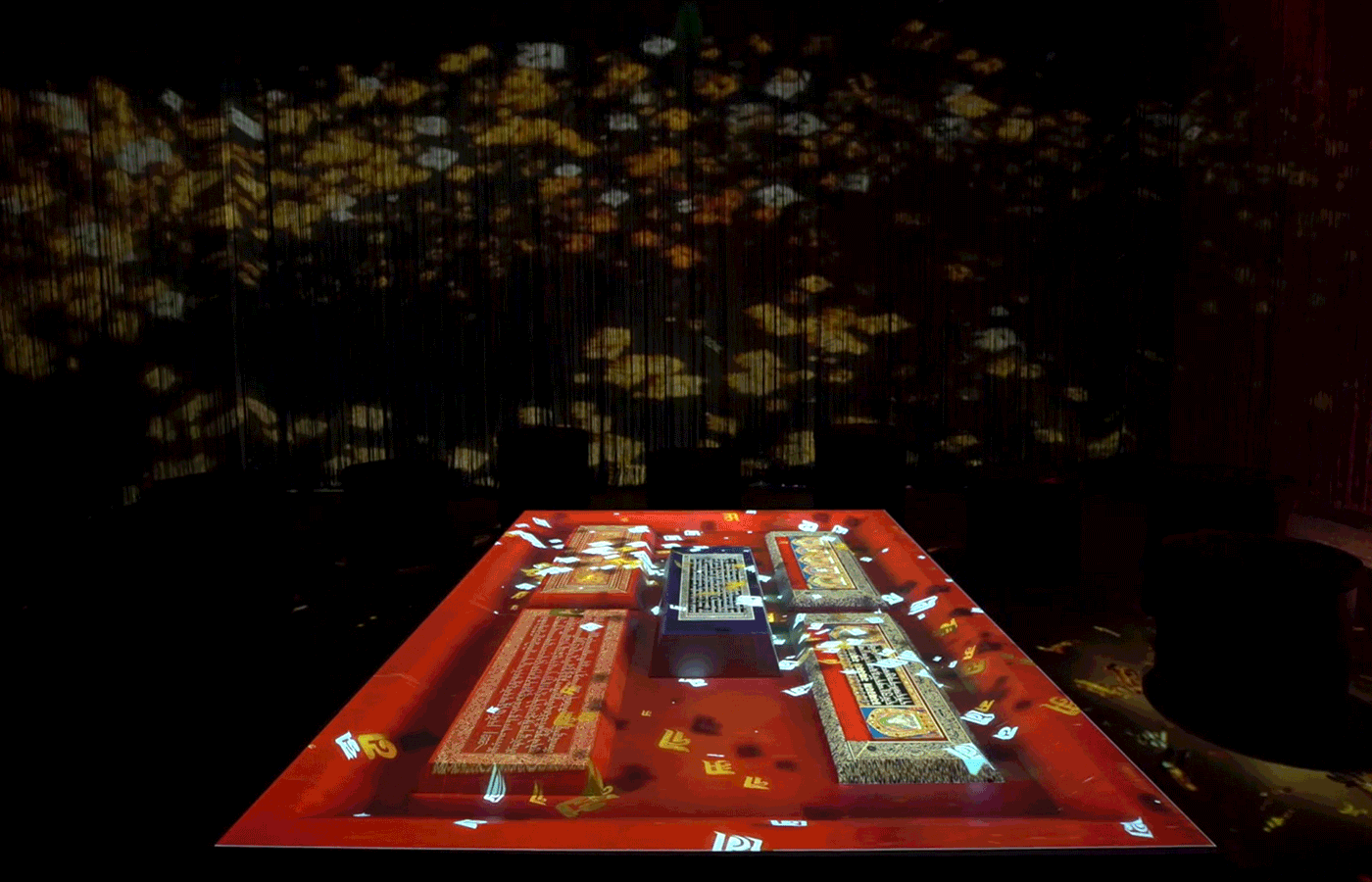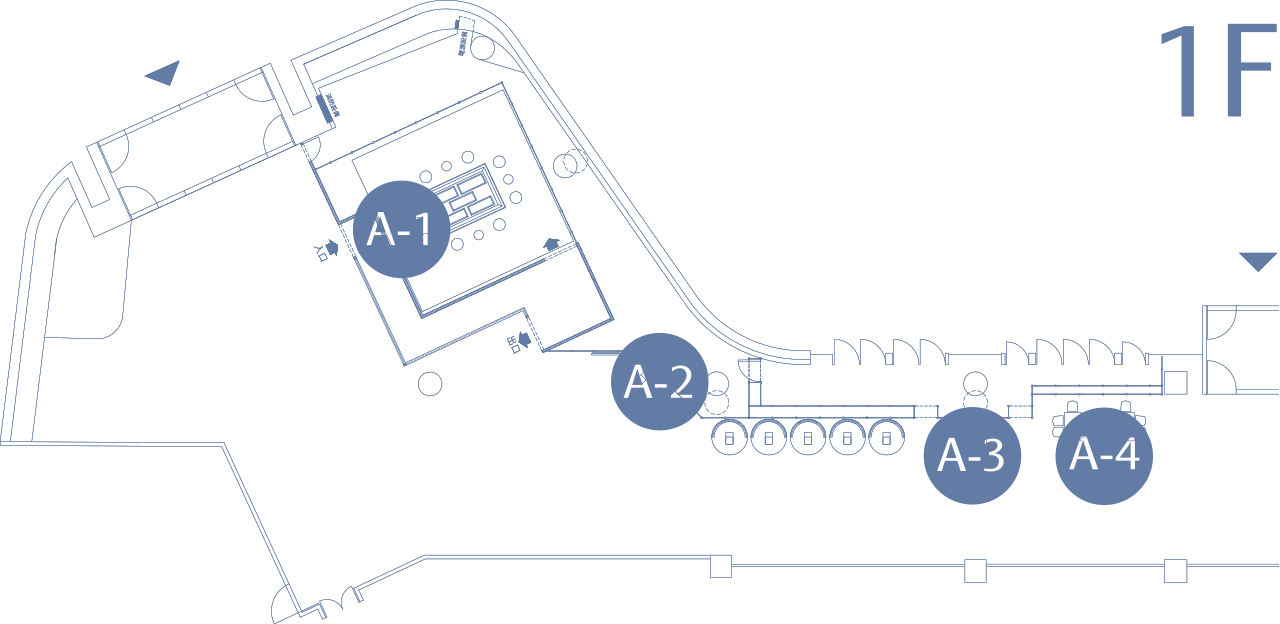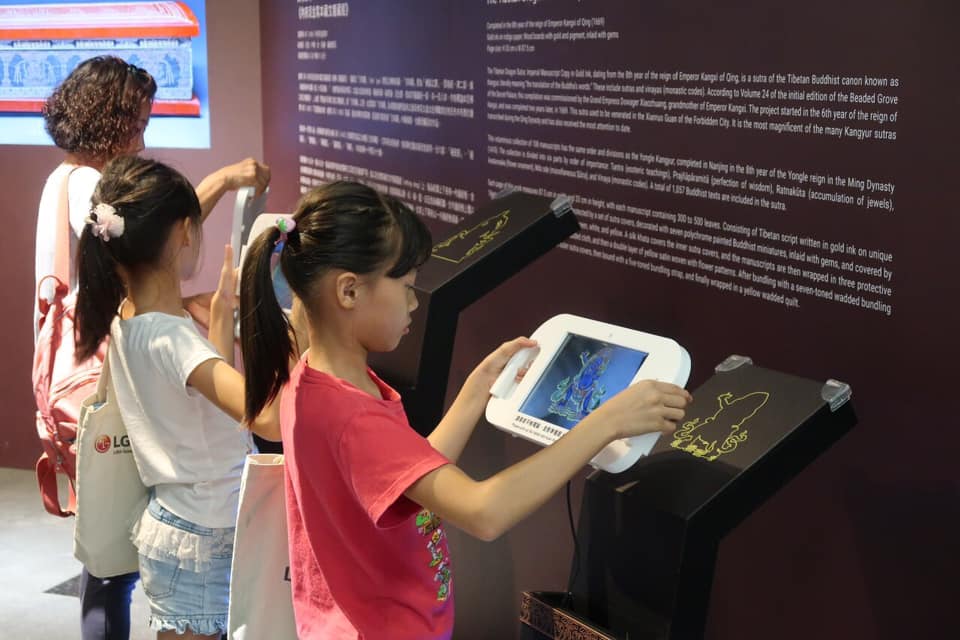The Tibetan Dragon Sutra: Floating Shadows and Transmogrification – Immersive Interactive Theater
The Tibetan Dragon Sutra: Floating Shadows and Transmogrification – Immersive Interactive Theater is based upon The Tibetan Dragon Sutra: Imperial Manuscript Copy in Gold Ink, which is housed in the collections of the National Palace Museum. This classic Tibetan Buddhist sutra was completed during the Kangxi reign in the Qing Dynasty, and not only has immense religious significance, but also has extremely high artistic value.
This device comprises a detection and feedback system that can detect the number of participants present and activate projection in response, to provide visitors with a progressive three-part experience. Beginning with the clustering of golden particles that represent good thoughts, the words of the Sutra and the Ashtamangala (Eight Auspicious Signs) appear to flow through the air of the theater, perceptible to the eyes but beyond grasp, and eventually, many holy Buddhas become manifest. Through this immersive theater, viewers can see the visual elements adorning the exterior and interior of the sutra covers, and experience the beauty of the Tibetan Dragon Sutra in a dream-like atmosphere. Inside the theater, putuan (meditation cushion)-inspired seating creates an environment that facilitates calm meditation, and after visitors are seated, animations of sutra text and Ashtamangala will gradually emerge from the floors. These animations will progressively expand and cover more and more ground in relation to the length of time that visitors remain seated.
The tablet interaction area outside the theater employs augmented reality (AR) technology to familiarize visitors with several holy Buddha images in the Tibetan Dragon Sutra, and provides visitors with the opportunity to view the details of these images with greater clarity. The content of this exhibit includes translation and explanation of the Six-Character Great Bright Mantra, as well as color transmogrification of line drawings of holy Buddhas, through which visitors can feel as if they are receiving auspicious blessings from the Tibetan Dragon Sutra.
Regardless of religion, ethnicity, or age, all visitors will be able to deeply immerse themselves in the resplendent beauty of the Tibetan Dragon Sutra through the integration of technology, art, and cultural relics, and participate in a soul-stirring museum experience.
- Completed in the 8th year of the reign of Emperor Kangxi of Qing (1669)
- Gold ink on indigo paper; Wood boards with gold and pigment, inlaid with gems
- Page size: H 33 cm x W 87.5 cm
The Tibetan Dragon Sutra: Imperial Manuscript Copy in Gold Ink, dating from the 8th year of the reign of Emperor Kangxi of Qing, is a sutra of the Tibetan Buddhist canon known as Kangyur, literally meaning "the translation of the Buddha's words." These include sutras and vinayas (monastic codes). According to Volume 24 of the initial edition of the Beaded Grove of the Secret Palace, this compilation was commissioned by the Grand Empress Dowager Xiaozhuang, grandmother of Emperor Kangxi. The project started in the 6th year of the reign of Kangxi, and was completed two years later, in 1669. This sutra used to be venerated in the Xianruo Guan of the Forbidden City. It is the most magnificent of the many Kangyur sutras transcribed during the Qing Dynasty and has also received the most attention to date.
This voluminous collection of 108 manuscripts has the same order and divisions as the Yongle Kangyur, completed in Nanjing in the 8th year of the Yongle reign in the Ming Dynasty (1410). The collection is divided into six parts by order of importance: Tantra (esoteric teachings), Prajñāpāramitā (perfection of wisdom), Ratnakūṭa (accumulation of jewels), Avataṃsaka (flower ornament), Mdo sde (miscellaneous Sūtra), and Vinaya (monastic codes). A total of 1,057 Buddhist texts are included in the sutra.
Each page of this work measures 87.5 cm in width and 33 cm in height, with each manuscript containing 300 to 500 leaves. Consisting of Tibetan script written in gold ink on unique Tibetan Blue Paper (mthing shog), each manuscript is protected by a set of sutra covers, decorated with seven polychrome painted Buddhist miniatures, inlaid with gems, and covered by protective curtains embroidered in five colors—red, blue, green, white, and yellow. A silk khata covers the inner sutra covers, and the manuscripts are then wrapped in three protective cloths: a piece of plain yellow silk, a piece of yellow wadded cloth, and then a double layer of yellow satin woven with flower patterns. After bundling with a seven-toned wadded bundling strap, the whole set is further protected by two outer sutra covers, then bound with a five-toned bundling strap, and finally wrapped in a yellow wadded quilt.
